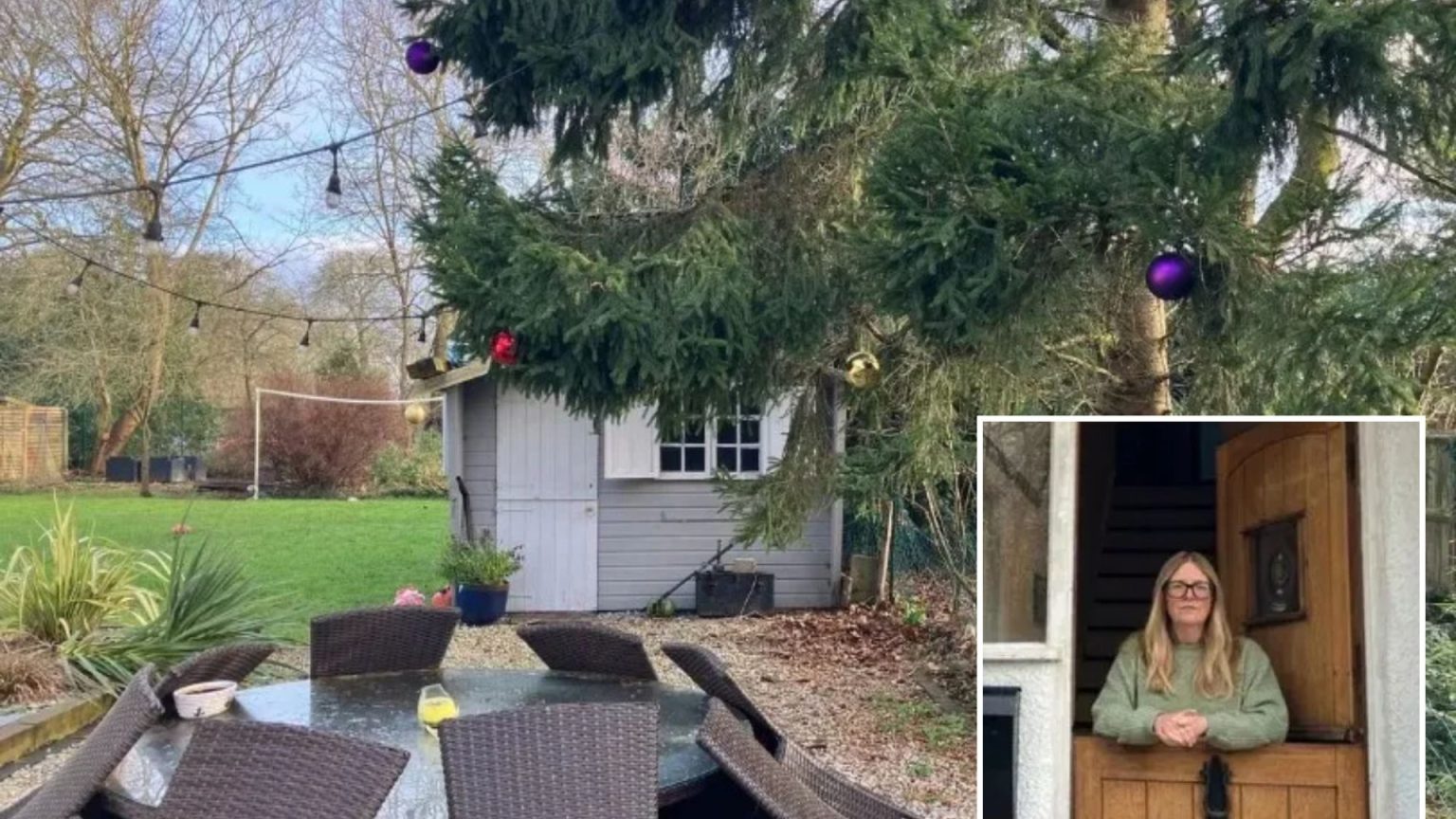Navigating boundary disputes with neighbors can be complex, but understanding your rights and responsibilities is crucial. The definitive source for determining boundary ownership is the title plan or Land Registry, which utilizes a “T” mark to indicate ownership and, consequently, responsibility for upkeep. While builders often provide some indication in larger developments, no universally enforced rules dictate boundary ownership based on left or right positioning. Therefore, relying on common assumptions about left or right-side ownership is legally unfounded. Consulting the HM Land Registry is the most reliable method to ascertain your boundary responsibilities. Even without readily available paperwork, homeowners can gain clues by observing the fence’s orientation. Typically, the “good” side of the fence, without the supporting rails, faces the property owner, while the “bad” side, with exposed rails, faces the neighbor. This convention provides enhanced security by making it difficult for intruders to scale the fence.
While fence orientation can offer an initial clue, it’s not definitive proof of ownership. Walls and fences are usually built on the boundary owner’s land, with the wall’s edge marking the boundary line. However, this isn’t a foolproof indicator. Before making any changes to a boundary feature, consulting legal documents is paramount to avoid potential fines. While no law mandates who receives the “good” side of the fence, opting for a double-sided panel, where both sides appear identical, can preempt potential disputes. When installing fences bordering roads or footpaths, placing the rails inwards enhances security by deterring potential climbers. Alternatively, outward-facing rails can inadvertently provide access points for burglars. For complex disputes, resources like the mediation service offered by the Royal Institution of Chartered Surveyors (RICS) and the Property Litigation Association can facilitate resolution without resorting to legal action. RICS also maintains a list of surveyors who can provide expert assistance in boundary disputes. While courts possess the ultimate authority in unresolved disputes, they generally prefer that such matters be settled amicably.
Changing an existing boundary, such as replacing a fence, requires proactive communication and agreement with your neighbor. Referencing registered titles can aid in reaching a consensus, provided the relevant information is included. For decorations on a fence, inquire about the original installer to clarify responsibility. However, proceeding with modifications without clear ownership confirmation carries the risk of criminal damage charges. Therefore, exercise caution and seek clarification before making alterations.
Regarding fence height regulations, the measurement commences from your ground level. This becomes particularly relevant in scenarios with sloping terrain where garden levels differ between neighbors. Garden fences can reach up to 100 meters, but planning permission is mandatory for fences exceeding 2 meters. Front garden fences, particularly those alongside driveways, are subject to stricter limitations, with a maximum height of 1 meter. Trellises attached to 2-meter fences require planning permission. However, if plants grown on the trellis surpass 2 meters, no additional permit is required for the plant’s growth. These regulations aim to balance individual preferences with considerations for neighboring properties and overall aesthetics.
Understanding these guidelines is vital for maintaining positive neighborly relations and avoiding potential legal issues. Open communication, coupled with a clear understanding of legal frameworks, can contribute significantly to resolving boundary disputes amicably and efficiently. While visual cues like fence orientation can offer initial hints, relying solely on such observations can be misleading. Confirming ownership through official documentation, like the Land Registry, is the most reliable approach. When uncertainties arise, seeking professional guidance from surveyors or legal advisors can provide clarity and facilitate informed decision-making.
Furthermore, consider the implications of fence design and material. While traditional fencing with rails might create a “good” and “bad” side, modern alternatives like double-sided panels offer a more equitable solution, eliminating the potential for disputes based on aesthetics. When installing fences along public areas, prioritizing security by facing the rails inwards can deter unauthorized access and enhance safety. For existing fences, open communication with your neighbor is crucial before undertaking any modifications, even seemingly minor ones. Clarifying ownership and obtaining consent beforehand can prevent misunderstandings and maintain harmonious neighborly relations.
Finally, remember that boundary disputes can often be resolved through mediation and negotiation, avoiding the cost and complexity of legal proceedings. Resources like the RICS mediation service provide valuable support in facilitating amicable resolutions. Consulting surveyors or legal professionals can offer expert guidance and help navigate the complexities of boundary regulations. By staying informed and engaging in proactive communication, homeowners can create a positive and respectful environment within their neighborhood, ensuring that boundary matters are handled effectively and fairly.




